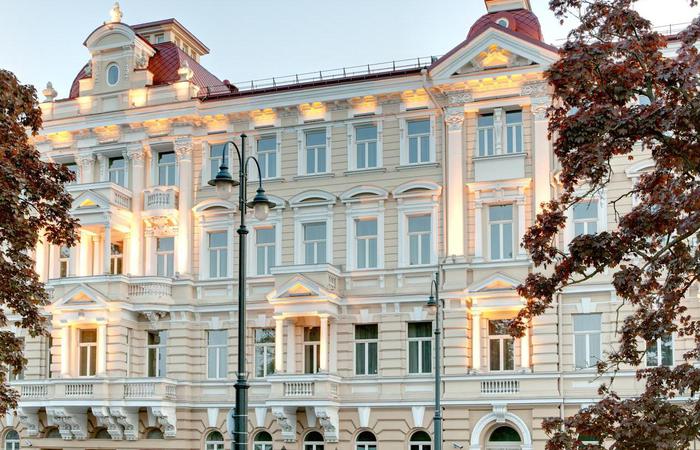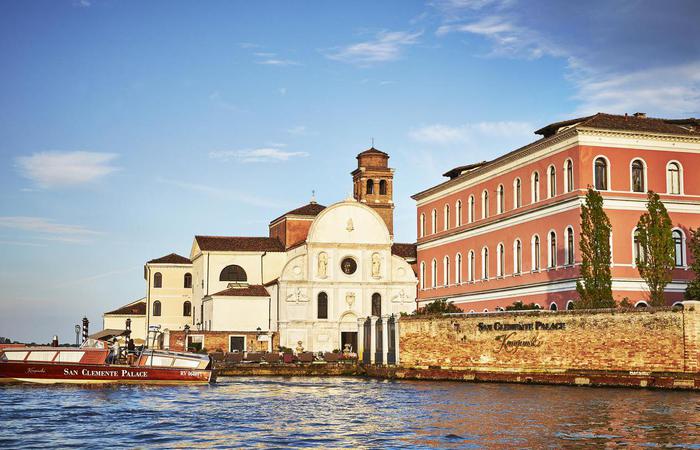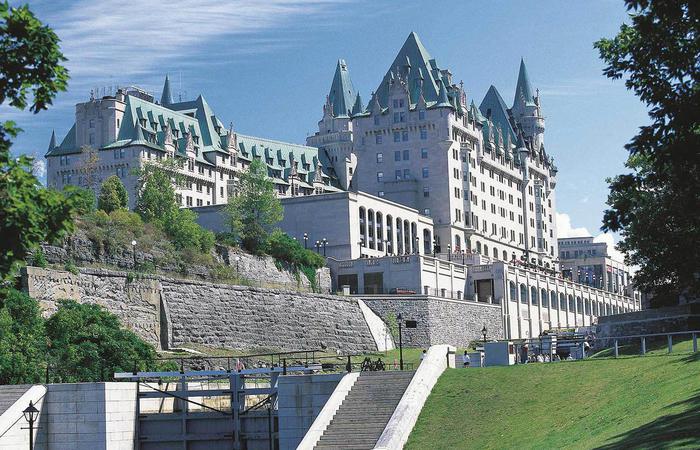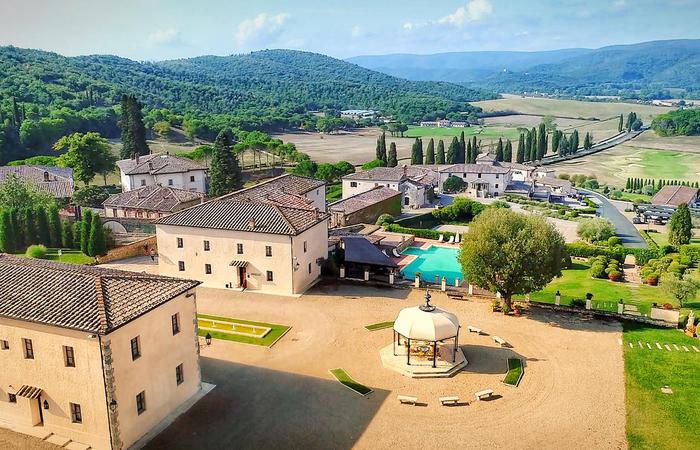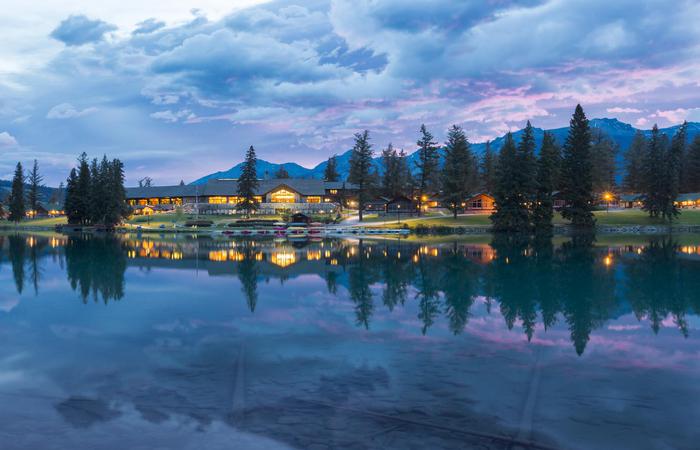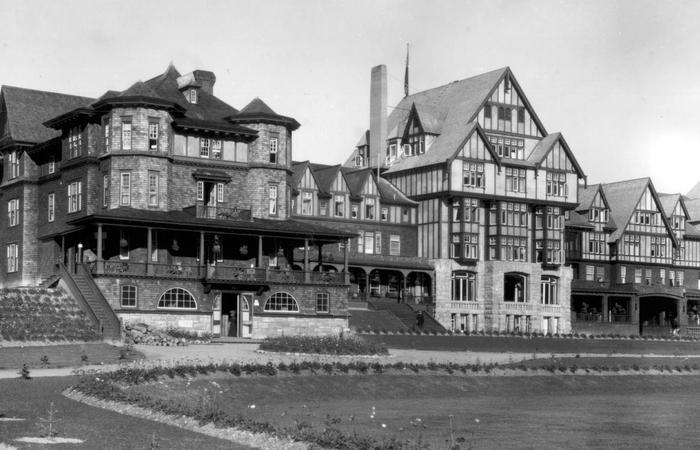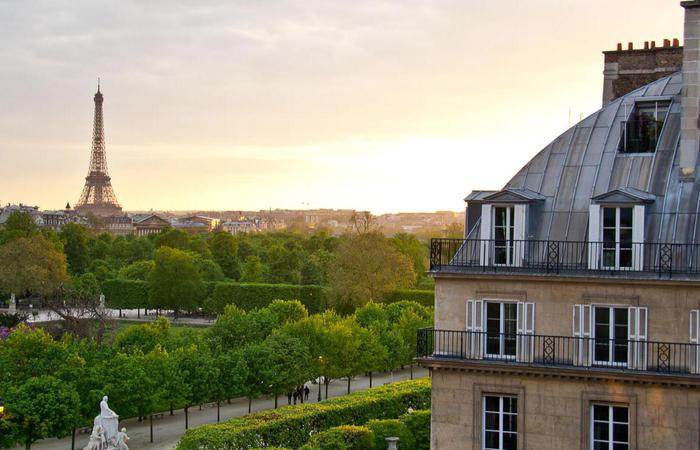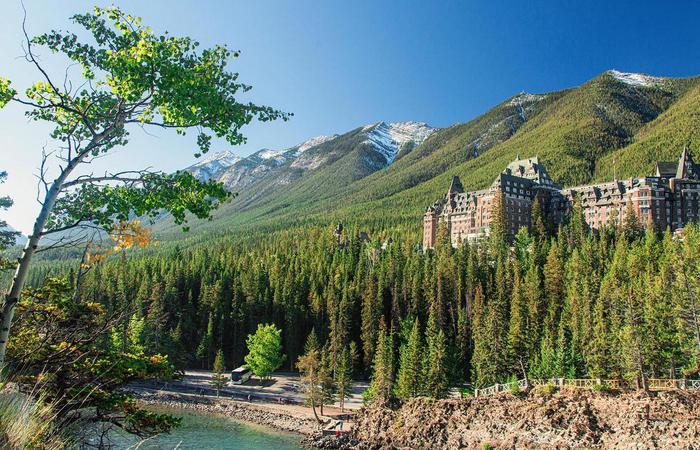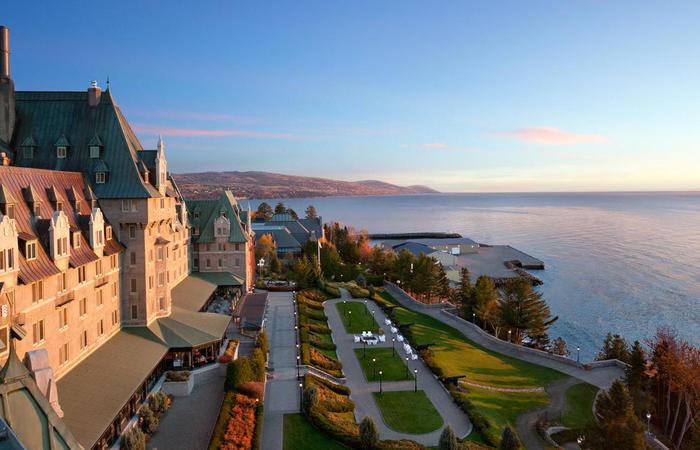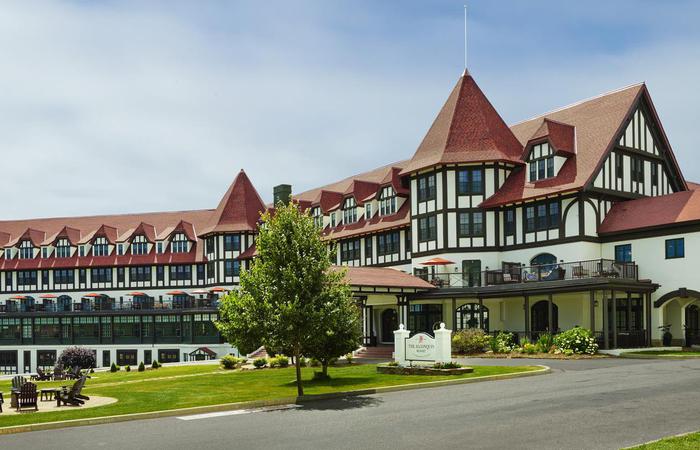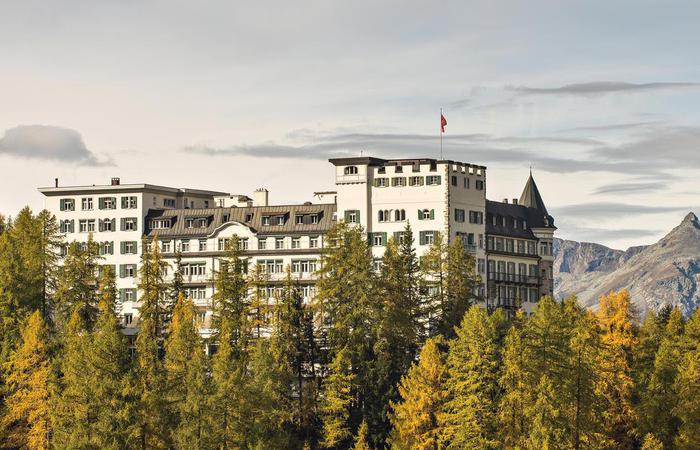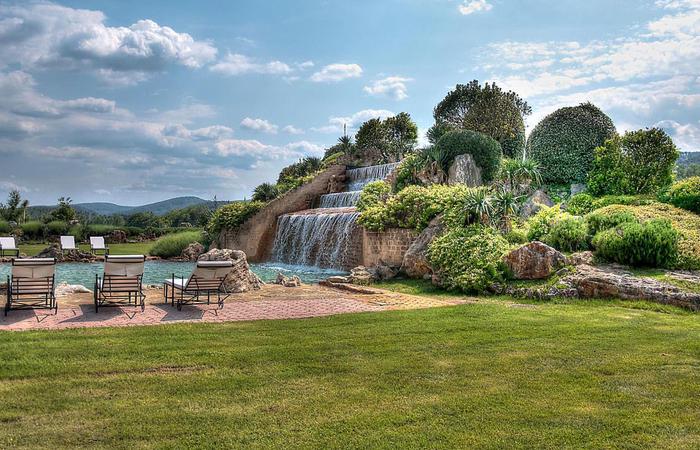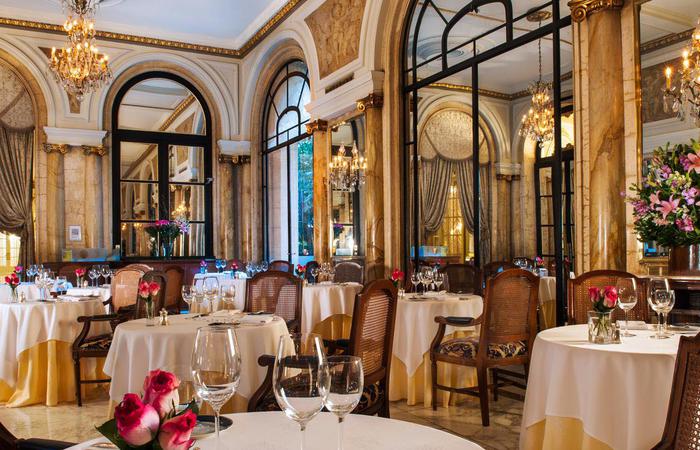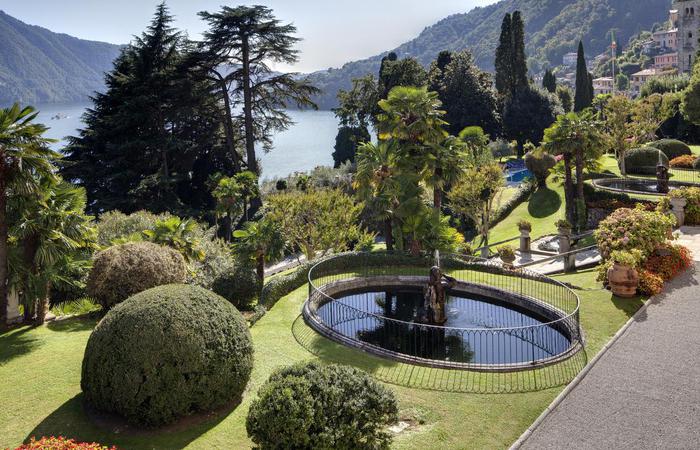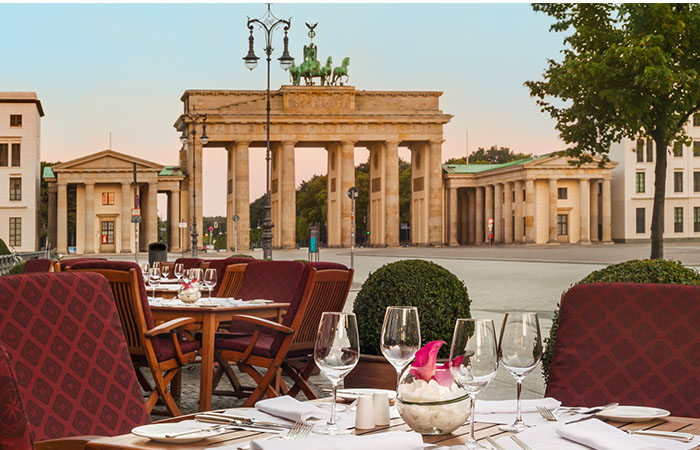Receive for Free - Discover & Explore eNewsletter monthly with advance notice of special offers, packages, and insider savings from 10% - 30% off Best Available Rates at selected hotels.
history
Discover Hotel Magnolia, which was once a brilliant palatial mansion of renowned Chilean socialite Doña Ana Zegers García Huidobro .
At the dawn of the 20th century, Santiago—the capital of Chile—had experienced significant cultural changes. Widespread industrialization had ushered forth an incredible period of prosperity, leading to an unprecedented construction boom that lasted for years. Gorgeous new townhouses opened across the city, as well as magnificent public structures like ornately crafted libraries, schools, and government offices. Intricately landscaped gardens came to define nearly every street corner giving many neighborhoods throughout Santiago a tranquil, inviting ambiance. Nowhere did this development manifest more clearly than El Centro, the city’s historic downtown core. Some of the most influential residents carved out enclaves of extravagant mansions in the district, which served as enduring symbols of Santiago’s transformation into a flourishing modern metropolis. Among the individuals to construct such a dwelling was Doña Ana Zegers García Huidobro, a prominent socialite and the daughter of noted Chilean politician Julio Zegers Samaniego. Selecting a reclusive lot at the foot of the iconic Cerro Santa Lucía, Huidobro soon set about constructing her home with the help of noted architect Eduardo Costabal Zegers in 1929. Zegers designed a breathtaking three-story edifice over the following months that displayed a masterful array of Art Deco motifs. Huidobro quickly moved into the mansion upon its completion, calling the site home for the rest of her life. Although the building would eventually leave the Huidobro family in the wake of her death, the home remained a cherished local landmark for many decades thereafter.
Then in 2016, the mansion underwent a major restoration that saw its entire layout converted to host a series of upscale guestrooms. Overseeing the endeavor was the award-winning architect Cazú Zegers, who was a distant descendant of Eduardo Costabal Zegers. Working closely in tandem with interior decorator Carolina Delpiano, Zegers brilliantly instituted a variety of contemporary facilities throughout the structure. He proceeded to install three new floors onto the historic mansion, which included a rooftop terrace that offered stunning views of greater Santiago and the Andes nearby. Special attention was devoted to the façade, with the architectural team meticulously replicating the style of the original stonework. Even the interior decorating attempted to present a fusion of contemporary comfort and the traditional architecture of Santiago’s historic center right outside. (For instance, Classic leather armchairs and traditional flooring were carefully paired with minimalist furniture and modern lighting.) However, Zegers and his team painstakingly sought to preserve the architectural integrity of the structure wherever possible, hoping to ensure that the building’s authentic Art Deco architecture survived for future generations to appreciate. Debuting as the “Hotel Magnolia” after months of challenging work, the former mansion has since become one of the most luxurious places to visit in all Santiago. Indeed, this terrific historic site not only provides a unique guest experience, but it also acts as a living monument to the city’s richly detailed past.
-
About the Location +
Archaeological evidence suggests that the first people to occupy the Santiago basin arrived around the 10th millennium B.C. More specifically, these early inhabitants were primarily nomadic hunter-gatherers who traveled to the interior to hunt guanacos during the Andean snowmelt. By around the 9th century A.D., permanent settlers had begun establishing agricultural communities along the Mapocho River. Originally known as the Picunche, the pioneers lived in relative isolation until the Incan Empire integrated the region into its sprawling domain beginning in the late 15th century. The Inca ruled over the area for the next several generations, constructing a ring of citadels that reinforced their grip like the Huaca de Chena and the El Plomo sanctuary. However, the Incan control of the region collapsed with the arrival of Spanish conquistador Pedro de Valdivia in 1540. Sent by Francisco Pizarro from Peru, Valdivia and his party camped on the slopes of a local hill now called “Tupahue” and began interacting with the Picunche. Following a year of frequent interaction between the two peoples, Valdivia officially founded the city of Santiago del Nuevo Extremo (Santiago of New Extremadura) in honor of the Apostle James, the patron saint of Spain. A member of Valdivia’s party, master builder Pedro de Gamboa, proceeded to design the community under his orders over the next several months. Gamboa created an intricate municipal street grid that was centered around a main plaza, as well as numerous plots dedicated to a jail, cathedral, and governor’s mansion.
Despite its promising beginnings, Santiago faced many challenges over the following decades. The city grew slowly, beset by frequent natural disasters like earthquakes and floods. But the most significant incident to affect the city was a large Native American uprising that a tribal chief remembered as Michimalonco organized. Although another Spanish conquistador named Inés de Suárez successfully defended the city, Michimalonco’s forces still inflicted considerable damage throughout most of its neighborhoods. Nevertheless, Santiago had managed to survive its early ordeals, eventually reaching the size of a major metropolis during the 17th and 18th centuries. The city had become the site for some of the most impressive infrastructural projects in all South America, such as the Calicanto Bridge, the Palacio de La Moneda, and the San Carlos Canal. The infrastructural projects in turn made Santiago one of the most economically affluent communities on the continent, seeing all kinds of goods traded regularly within its thriving marketplaces. This prosperity eventually caught the attention of regional administrators as well, especially once the greater Spanish American wars of independence erupted throughout the early 19th century. On September 18, 1810, Chilean Patriots declared the First Government Junta in the city, marking the birth of an autonomous Chile. Although fighting around Santiago lasted for many years thereafter, the area became the capital of Chile upon the conclusion of the Chilean War of Independence in 1818.
Santiago underwent rapid growth and modernization in the wake of the conflict, as brand-new developments—including the debut of the Alameda de las Delicias thoroughfare—bolstered its economy. The arrival of the railroads a few decades later only further strengthened local commercial activity, especially once the magnificent Santiago Estación Central railway station opened downtown. This era of prosperity endured well into the 20th century enabling the municipal government to commission the creation of many beautiful public buildings across the city. Santiago saw the debut of several important cultural institutions, such as the new home of the Museo Nacional de Bellas Artes (Chilean National Museum of Fine Arts) and the Biblioteca Nacional de Chile (National Library of Chile). The period also saw countless residents spearhead their own construction projects, which resulted in the creation of spectacular townhouses and mansions that displayed an ornate variety of architectural styles. Although the city abruptly encountered considerable financial difficulties amid the Great Depression, Santiago has remained a tremendous hub of commercial activity. A host of masterfully engineered contemporary skyscrapers in particular symbolize this continued prosperity, such as the Titanium La Portada and the Gran Torre Santiago. However, cultural heritage travelers have also taken to visiting the city in recent years due to the wealth of historic landmarks that reside within its borders like the La Moneda, Cerro Santa Lucia, and the Barrio Lastarria neighborhood. Santiago truly stands today as a vibrant, dynamic city that is both deep in history and culture.
-
About the Architecture +
When Eduardo Costabal Zegers first designed the mansion that would become Hotel Magnolia, he used Art Deco architecture as his main source of inspiration. Art Deco architecture is among the most famous architectural styles in the world today. The form originally emerged from a desire among architects to break with past precedents to find architectural inspiration from historical examples. Professionals within the field instead aspired to forge their own design principles, hoping that their ideas would better reflect the technological advances of the modern age. Historians consider Art Deco to be a part of the much wider proliferation of cultural “Modernism” that first appeared at the dawn of the 20th century. Art Deco as a style first became popular in 1922, when Finnish architect Eliel Saarinen submitted the first blueprints to feature the form at a contest to redevelop the headquarters of the Chicago Tribune. While his concepts did not win over the judges, they were widely publicized, nonetheless. Architects in both North America and Europe soon raced to copy his format, giving birth to modern Art Deco architecture. The international embrace of Art Deco had risen so quickly that it was the central theme of the renowned Exposition des Art Decoratifs in Paris a few years later. Architects the world over fell in love with Art Deco’s sleek, linear appearance defined by a series of sharp setbacks. They adored its geometric decorations that featured motifs like chevrons and zigzags. But despite the deep admiration people felt toward Art Deco, interest in the style gradually dissipated throughout the mid-20th century. However, many examples of Art Deco architecture still survive, with some of the best in major international cities like London, Paris, and Berlin.

